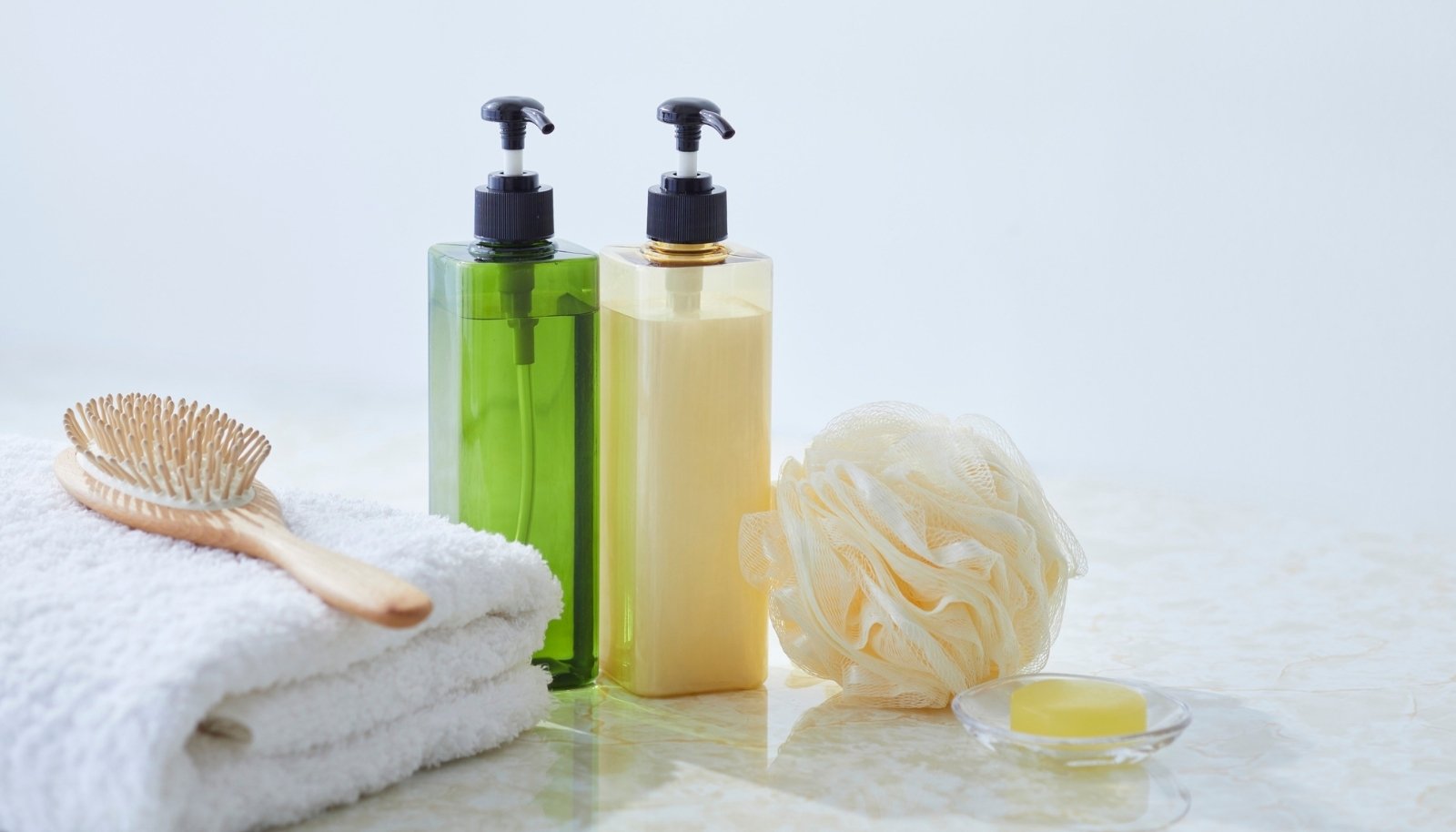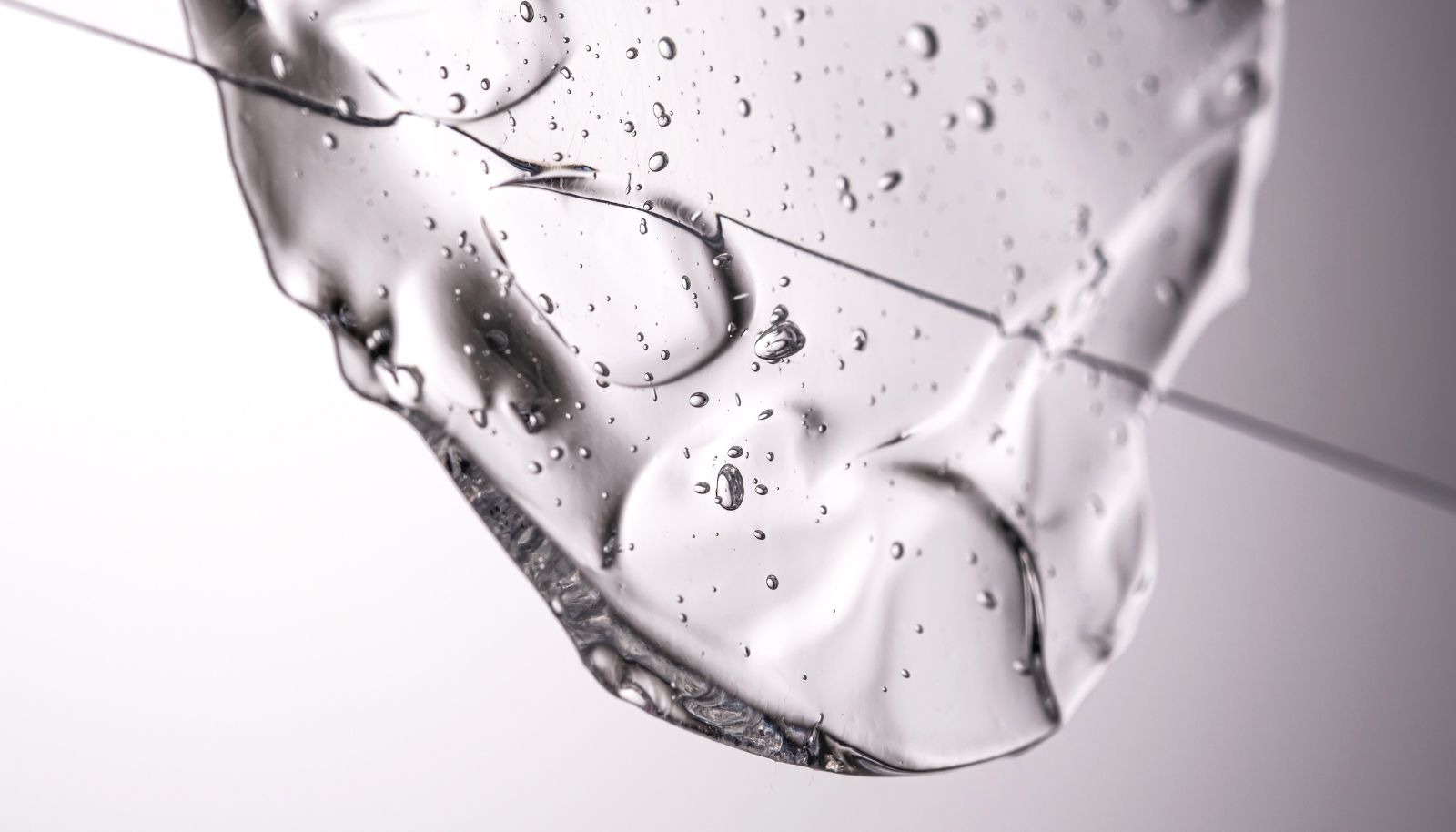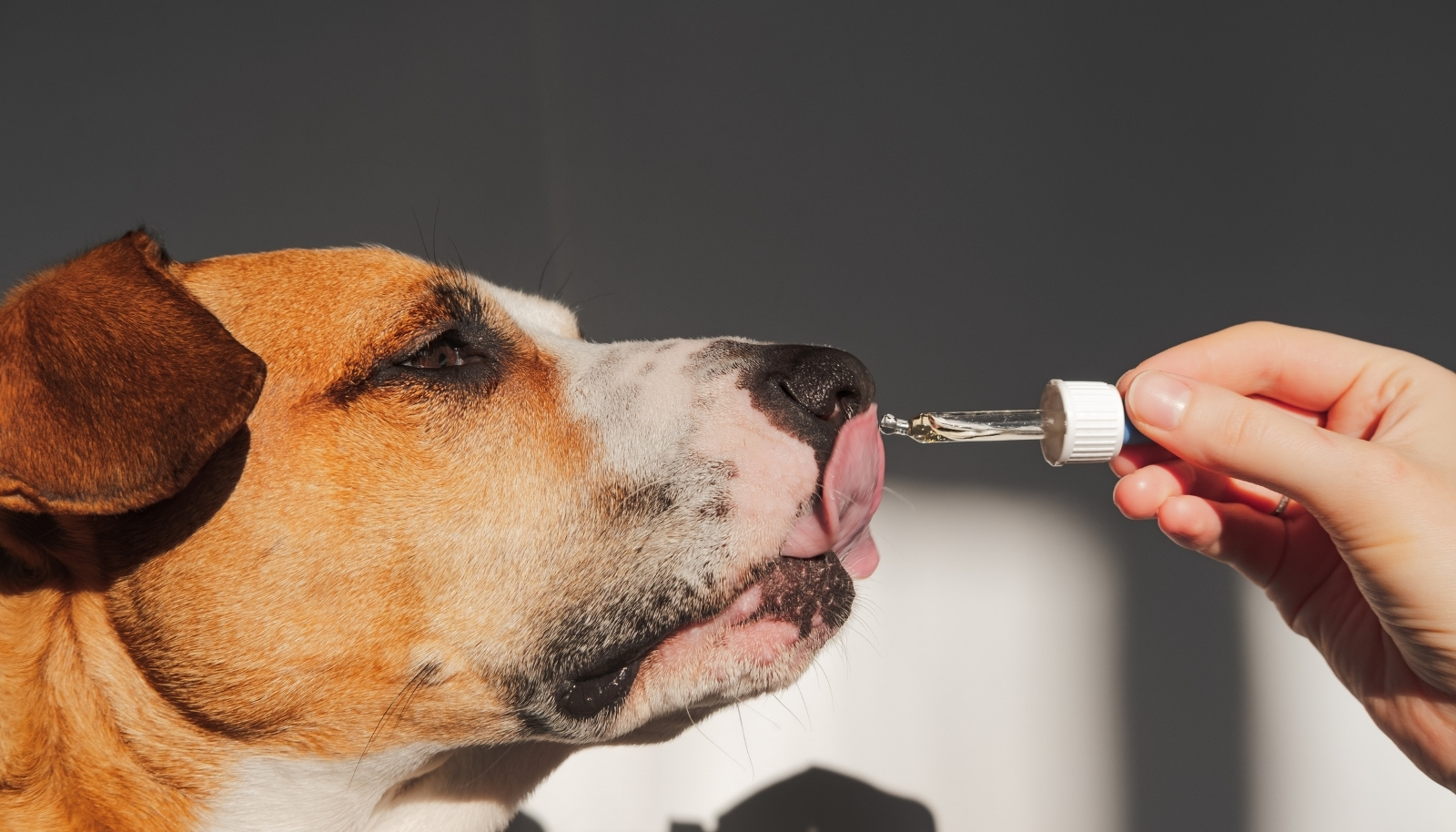
Rosemary oil, derived from the aromatic plant Rosmarinus officinalis L., has gained increasing attention in phytotherapy and cosmetic science due to its therapeutic potential. Known for its antioxidant, antimicrobial, and anti-inflammatory activities, this essential oil is widely studied for its role in promoting scalp health, enhancing microcirculation, and managing sebum production. As interest grows in natural alternatives for hair loss treatment, combining rosemary oil with shampoo formulations presents a practical and accessible approach worth evaluating.
Rosemary essential oil is rich in bioactive compounds such as 1,8-cineole (eucalyptol), α-pinene, camphor, borneol, and verbenone. Notably, phenolic acids like rosmarinic acid, carnosic acid, and ursolic acid exhibit significant antioxidant effects. These constituents protect dermal papilla cells from oxidative damage and contribute to follicular homeostasis. Research suggests that rosemary oil supports the anagen phase of the hair cycle and may alleviate conditions like telogen effluvium. Furthermore, upregulation of vascular endothelial growth factor (VEGF) has been associated with improved perifollicular blood flow, promoting healthier hair growth.
Incorporating rosemary oil into shampoo enhances its topical distribution via surfactants, especially in sulfate-free formulations utilizing non-ionic agents. These ensure deeper yet gentler penetration into the scalp without disrupting the stratum corneum. However, the pH environment of shampoo, emulsifier stability, and oxidative resistance of essential oils directly influence the efficacy of rosemary oil. Without adequate preservation and pH adjustment, its bioactivity may degrade over time.
A double-blind randomized controlled trial (Panahi et al., 2015) compared 1% rosemary oil solution to 2% minoxidil for androgenetic alopecia. After six months, both groups showed comparable improvements in hair count. While promising, this evidence stems from direct application, not shampoo use, making the formulation variables critical to achieving similar results.
In vitro studies demonstrate that rosemary oil exhibits inhibitory effects on microbial strains commonly implicated in scalp disorders, including Propionibacterium acnes and Malassezia furfur. This may benefit individuals with seborrheic dermatitis, dandruff, or folliculitis. Moreover, its sebostatic properties aid in regulating hyperactive sebaceous glands, restoring lipid balance in oily scalp conditions.
Rosemary oil is a multifunctional botanical agent that can support hair and scalp health. When used alongside properly formulated shampoos—considering pH, emulsification, and ingredient compatibility—it may help reduce hair thinning, enhance follicular vitality, and soothe inflammatory scalp issues. Nevertheless, individual sensitivity and dermatological compatibility must be assessed, ideally under the guidance of a healthcare professional.





